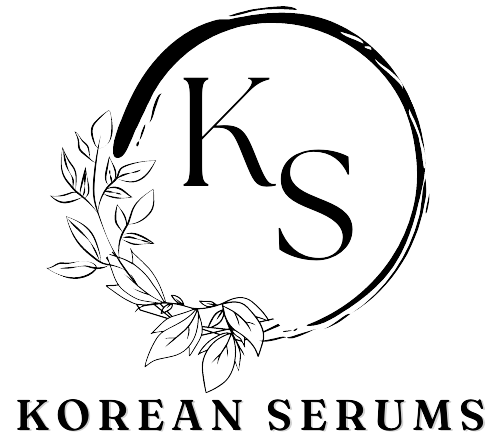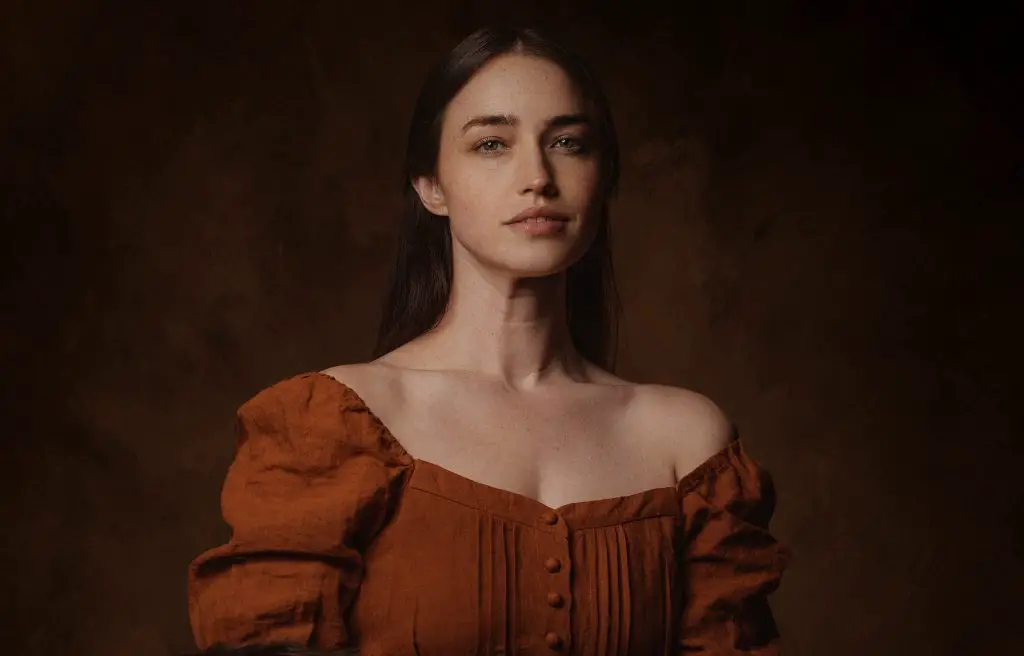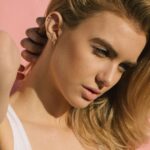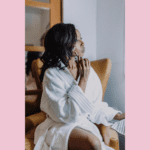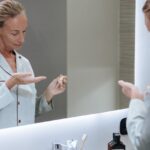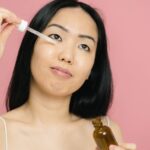It gives us immense joy to know about modern-day beauty fashion and styling. A question must have acquired you why modern beauty standards are so appealing to all of us. Well, it’s because we all are living in a modern era with lots of fashion and cultural emergence.
Knowing about modern-day fashion tones is attractive and gives us joy, but knowing about ancient lifestyle and their way of fashion in their era always gives us the hub of knowledge.
You might have thought about how ancient or medieval-era women must have styled themselves. In what way they used to take care of their skin at those times when modern cosmetics and trends didn’t even exist?
Let us understand briefly the most mysterious medieval beauty standards ad the way those times’ women used to style themselves.
List of Medieval beauty standards
1. Skin Texture
It’s very interesting to note here what type of skin must medieval age women loved or were acquiring the most. Well, here you will get to know that mostly the medieval era women had a craze for smooth skin. Yes, smooth skin was admired at those times and was one of the beauty symbols.
In the Middle Ages, people with flawless white skin were thought to be the most beautiful. Paleness was a sign of a lady of high birth, whereas the browned appearance we now often associate with health was once linked to outdoor labor and, as a result, to low birth.
2. Skin Tone
Because of their smooth, flawless complexion, women were frequently referred to be fair, regardless of their real skin tones. For example, a lady of olive Italian origin and a woman of pale English heritage may both be appropriately classified as fair, even though their skin tones were very different.
3. Skin Grooming
No doubt at the point that in the medieval ages, there were no trending tricks to take off their skin tone but they had their way of grooming their skin which you should know. How these medieval-age women took care of their skin?
For encouraging fair skin and clearing acne, herbal medicines, and gemstones were combined to create potions and unguents.
The stone of choice in this case was amethyst. A person with this condition must spit on a gemstone and massage it over the spots.
To make a stone sweat, heat some water over a fire. They used to wash their face with water diluted with perspiration.
4. Hair styling
Now the most awaited part and the most interesting part of the medieval beauty standards are what kind of hairstyles they adore. Well, there are so many kinds of hairstyles that those women used to do which will be explained separately and deeply to make you aware of their hair styling manner.
Married women hairstyle
Flowing tresses can be seen in some illuminations with some styles of costume, although it is more usual for only unmarried, young women to have hair loose.
Generally, during the bulk of the medieval period, a married woman would cover her head with veils, wimples, cloths, barbettes, hairnets, veils, hats, hoods, or a combination of them to avoid her hair showing.
5. European Inspired hairstyle
You might wonder that in the medieval era, the beauty standards of women matched with that of European ones, especially the hairstyles. While hair tended to be covered with veils and elaborate headdresses throughout France and England, veils seem to be discarded in Italy in favor of hair dressed with pearls, ribbons, beading, and brooches.
As with the later ramshorn style, these hairstyles would have been worn by the upper classes only as the time and effort required to dress and finish off these hairstyles would not have suited the lifestyles of the working classes at that time.
6. Eyebrows
You must have thought that what kind of eyebrow shape medieval age women had. And do they focus a lot on their eyebrow shape or not? It can be said that women in the medieval era were the ones who always wanted a large hairline and sharp eyebrows.
The stunning woman emphasized her high, round forehead, a feature that was prominent for most of the medieval era.
If a lady was unlucky enough to have a low hairline naturally, the right and trendy look may be strengthened artificially by plucking her hairline upward near the highest point of the head. The eyebrows were made into a barely apparent line to emphasize this appearance.
7. Hair Grooming
Well, it can be seen that women had been conscious about their skincare and beauty as now modern women. What kind of tonics or remedies they must have been using to have good care of their hair?
Numerous herbal remedies were used to clean, shield, lighten, or dye hair. Another issue that was addressed with herbal tinctures and balms was hair loss. These recipes might be discovered in copies of texts like the Tacuinum Sanitaherb is herbal and was immensely used by those women who had hair problems, especially the hair fall issue.
8. Eye Styling
You must not underestimate the makeup and beauty that medieval women did in their times. It is exciting that they also made the best of their eyes with eyeshadows.
Since ancient times, eyeliner and eyeshadow have been used by Egyptians, Spanish women. Eye colors and eyeliner were readily available during the medieval era.
High Middle Ages paintings and sculptures, like the one on the left, depict ladies with pale, unadorned eyes and severely plucked brows.
Therefore, it would appear that even though the technology to create eyeliner and eyeshadow was available
9. Lip Care and Styling
Here comes a question in mind what kind of lip styling or lip care they must have in their medieval times? Those women used to have lip tinctures to groom and care for their lips which add to their lip beauty ad wellness.
Lip styling also played a role for medieval women, they usually had lipsticks to style their lips.
Glance At The End
So, this informative short journey of knowing the all well-hided beauty standards of medieval women must have surprised you in many ways. It was knowledgeable to know what style they did and what type of makeup they all had on.
In the medieval era as far, it had been seen that they were also beauty and wellness conscious which can also be related to the modern era as well.
